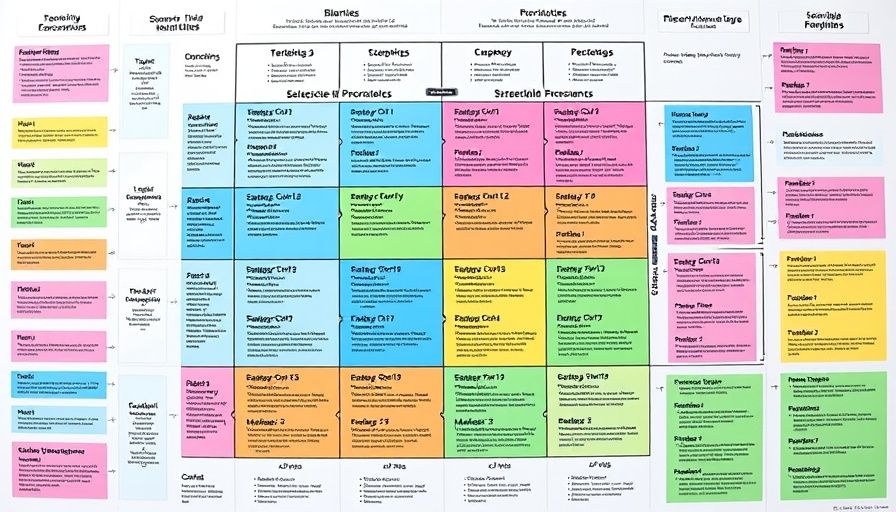
AI Revolutionizing Medicine: What You Need to Know
Artificial Intelligence (AI) is reshaping the landscape of healthcare, evolving from simple applications to sophisticated autonomous agents capable of transforming the industry. While such advancements promise to enhance patient care, a recent study from researchers at the Else Kröner Fresenius Center for Digital Health at Dresden University of Technology highlights concerning discrepancies between these fast-developing technologies and existing medical device regulations.
Regulatory Gaps: Navigating New Terrain
As autonomous AI agents demonstrate the capability to handle complex medical workflows independently, they challenge the traditional frameworks set for medical devices. Current regulations were designed to govern static technologies, which require human oversight and are not expected to evolve after market entry. In stark contrast, these new AI systems adapt and grow, presenting unprecedented challenges for regulators tasked with ensuring patient safety.
Jakob N. Kather, a key figure in the study, notes, "The autonomy and broader scope of AI agents are fundamentally changing how we implement AI in medicine. This opens up significant opportunities, but it does require a rethinking of our regulatory approaches to ensure safety and accountability." Kather emphasizes that medical innovations must strike a balance between fostering advancements and protecting patients.
The Promise and Peril of AI in Healthcare
Autonomous AI agents integrate a plethora of functionalities, including clinical guidance, patient data management, and image analysis capabilities. As these agents gain traction in clinical settings, their ability to operate autonomously raises important ethical and regulatory questions. For instance, how do we ensure a human-centric approach to patient care when AI systems take the reins?
The promise of such technology is immense; from reducing harm to enhancing diagnostic accuracy, AI agents could revolutionize healthcare delivery. However, the path forward must carefully address potential risks associated with AI making high-stakes decisions without human intervention.
Future Directions: Regulatory Innovations for Autonomous AI
This dynamic evolution necessitates innovative regulatory approaches that can keep pace with technology. Experts advocate for frameworks that account for the adaptability and learning behavior of these AI agents. For example, real-time monitoring and ongoing assessments could ensure that AI systems operate within safety parameters, even as they evolve.
In this rapidly advancing field, multi-stakeholder collaboration will be crucial. As tech companies, healthcare providers, and regulators work together, they will need to establish standard practices that prioritize patient safety while embracing the potential benefits of AI technologies.
A Call to Action
As we gaze towards the future of healthcare and technology, it’s imperative for stakeholders—from developers to policymakers—to keep informed and engaged with the conversations surrounding autonomous AI regulations. The advancements in AI present remarkable opportunities for improving healthcare, but safeguarding patients remains a top priority. By remaining proactive, we can harness the power of AI while ensuring that patient safety never falls behind.
 Add Row
Add Row  Add
Add 




Write A Comment